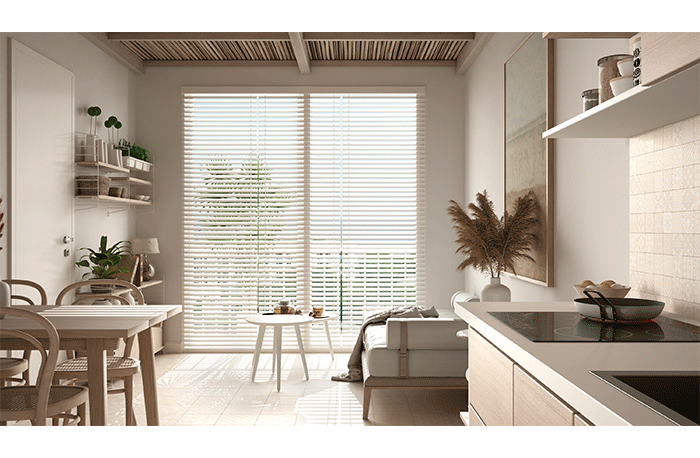6 Tips for a Sustainable Kitchen

September 6, 2021
We hear a lot about sustainability, and we know it’s something that’s supposed to be good for us. Yet most of us are not quite sure what it means to be sustainable or how we can teach our clients to incorporate sustainability into their everyday lives. The good news is that understanding sustainability and making it a priority is not only easy, it’s something every designer can do and feel good about.
“It’s not difficult for people to become more sustainable, especially if they start in the kitchen,” said Sarah Scott Mitchell, co-owner of Neutrall, a company specializing in sustainable glassware. “It’s really just a matter of knowing some of the different things you can do to help people live a life that is considered to be more sustainable. The more people know, the easier it becomes.”
Sustainability, according to the United Nations, is defined as meeting the needs of the present without compromising our future generations to meet their own needs. Essentially, when you opt for sustainability in your designs, you will be making choices that won’t harm the planet in the future. While you want to be able to use the products you need today, you don’t want to do so at the expense of tomorrow.
The kitchen is a great place to start for those who want to make some healthy, green changes in their decorating and designing. From buying more organic products to creating a compost bin for scraps, there is a lot designers can do to help create a greener and more sustainable kitchen for themselves and their clients.
Here are six ways to create a more sustainable kitchen:
- Recycle. Add a little basket to the counter – or bin in the cupboard – where items to be recycled can be tossed. There are many foods with packaging that can be recycled. The bin makes it convenient, and once it’s full it can be taken to the garage to dump into the main recycling bin.
- Reduce Waste. The U.S. Department of Agriculture reports that food waste is estimated to be 30-40% of the food supply. Think about how often people toss leftovers or find things that have gone bad in the crisper. Help your clients reduce the amount of food waste they create by adding a composting bin in the kitchen. There are some stylish choices that look upscale and provide an easy way to ensure nothing is wasted. The compost can be used out in the garden to help provide an eco-friendly fertilizer.
- Buy Organic and Local. Designers can encourage homeowners to make an effort to purchase more foods that are organic and made locally to reduce pollution and the carbon footprint. They may want to consider having a short sustainability tips guide printed they can leave behind with each client.
- Check the Dishes. Not all dishes and cookware are made sustainably. Some have traveled thousands of miles to reach America and are made through means that were not environmentally friendly.
- Opt for Natural Cleaning. Cleaners with harsh ingredients are not only bad for the environment, but they are bad for human health as well. Opt for non-toxic cleaners that are all plant based.
- Commit to Green Choices. The first step to creating a greener and more sustainable kitchen is to make the commitment to do so, which is something every designer can do. It’s easy for people to continue with what they have been doing, but when you rise to the challenge and introduce a greener way to go, they will feel great knowing they are helping the planet be healthier for generations to come.
All Neutrall glassware is made in the USA, upcycled, sustainable and is shipped in eco-friendly packaging. The company was created by Mitchell and Humpierres, who live in Austin, Texas, with their young twins. For more information, visit: https://neutrall.us.
Photo by ArchiVIZ/Adobe Stock
More News
April 18, 2024 | Business, People
Excelling at Kitchen Design When You Don’t Like to Cook
April 18, 2024 | Awards & Events
KCMA Design Awards Announces Winners
April 17, 2024 | People
WAC Lighting Promotes Becky Li to President
April 16, 2024 | Awards & Events
Kips Bay Boys & Girls Club Honors Ellie Cullman, Cosentino
April 15, 2024 | Trends & Inspirations
Houzz: Renovation Slows, but Design Pros Optimistic
April 2, 2024 | Sponsored
Whirlpool Corp. Brings Purposeful Innovation Home